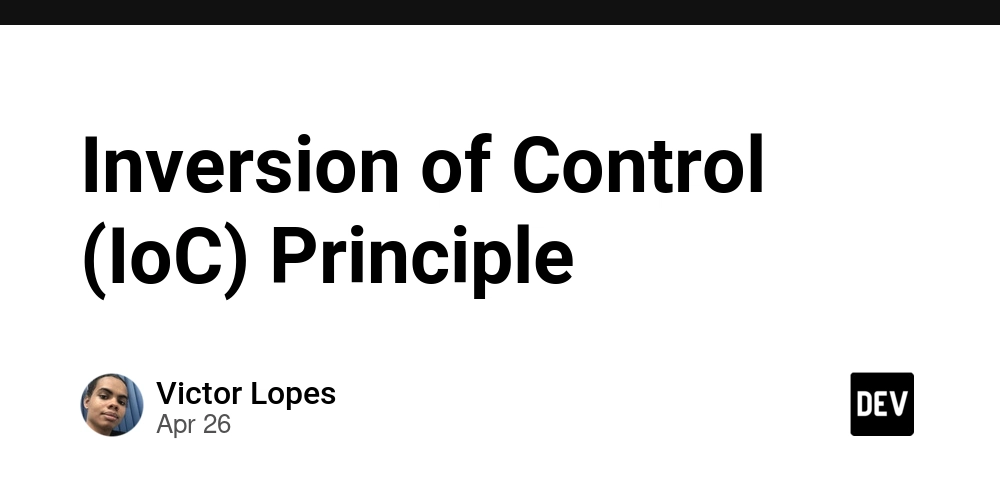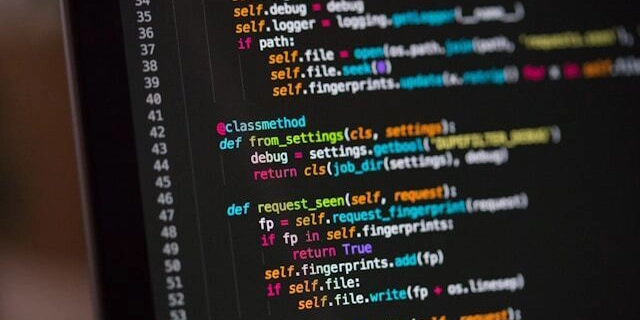HTML Basics: Learn HTML for Beginners Step by Step
In today’s digital age, understanding how websites are built is a valuable skill. Whether you're looking to launch a career in tech, create your own blog, or simply understand how the internet works, learning HTML is the perfect starting point. This blog is a beginner-friendly guide designed to help you learn HTML for beginners step by step — without diving into complex coding or relying on other websites. What Is HTML? HTML stands for HyperText Markup Language. It's the standard language used to create and structure content on the web. Think of HTML as the skeleton of a webpage — it defines where text goes, where images appear, how links work, and much more. Without HTML, there would be no web pages as we know them. Even though today’s websites often use more advanced tools and languages, HTML remains the foundation of everything on the internet. That’s why it’s essential to start here. Why Should You Learn HTML? If you're just getting started in web development or digital content creation, learning HTML is one of the best investments you can make. It helps you understand how websites function from the inside out. Even if you never plan to become a full-time developer, basic HTML knowledge allows you to make edits to websites, customize templates, and communicate effectively with technical teams. The best way to learn HTML for beginners is to follow a gradual, hands-on approach that builds understanding step by step. You don’t need to memorize everything right away — instead, focus on grasping the core concepts and slowly adding to your knowledge. Step 1: Understand the Structure of a Web Page A web page is more than just text and pictures. It has a clear structure that tells a browser how to display the content. When you’re learning HTML, one of the first things to understand is how this structure is created. Every HTML page starts with a basic layout. This layout includes elements such as a head, body, and title. Each part plays a specific role in organizing and displaying content. Step 2: Learn About Elements and Tags HTML uses tags to define parts of a webpage. Tags are words enclosed in angle brackets, like . These tags are used to wrap content and give it meaning. For example, there are tags for paragraphs, headings, images, links, and more. To learn HTML for beginners, it’s helpful to become familiar with common tags. Think of these as building blocks. They can be combined in different ways to create all kinds of web pages — from simple text pages to more complex designs with images and links. Step 3: Practice Organizing Content One of the best ways to reinforce what you’re learning is by organizing your own content. Try outlining a pretend web page. What would the title be? What kind of headings and paragraphs would you include? Imagine placing an image or link. Even without writing code, just planning it mentally helps build your understanding. This process helps you visualize how HTML works behind the scenes. The best way to learn HTML for beginners is to start thinking in terms of structure — where content should go and how it should be grouped. Step 4: Explore Lists, Links, and Images As you grow more comfortable, begin to explore how different types of content are added. Lists (like bullet points or numbered steps), links to other pages, and images are all common features of websites. They all have their own HTML tags, and understanding these will take your skills to the next level. When you know how to add different kinds of content, you can create more engaging and dynamic web pages. Again, no need to memorize everything — focus on recognizing the purpose of each feature and when to use it. Step 5: Develop a Mindset of Curiosity Learning HTML is like learning any new language — it takes curiosity, patience, and practice. One of the most important things you can do as a beginner is ask questions. Why is a certain piece of content placed in a certain way? What happens if you change something? Don’t be afraid to make mistakes. Each time you explore something new, you're adding another layer to your understanding. The best way to learn HTML for beginners is through small, consistent steps — not rushing or trying to master everything at once. Final Thoughts Starting your journey in web development can feel overwhelming at first, but HTML is a great place to begin. It’s simple, logical, and incredibly useful. By following these steps and taking time to understand the fundamentals, you’ll build a strong foundation for future learning. Remember, the goal isn’t to learn everything in a day. Focus on building your knowledge gradually and reinforcing what you learn through practice. With patience and curiosity, you'll find that it's not only possible to learn HTML for beginners, but also enjoyable. So, take your first step today. Start thinking like a web creator — and soon, you’ll be one.
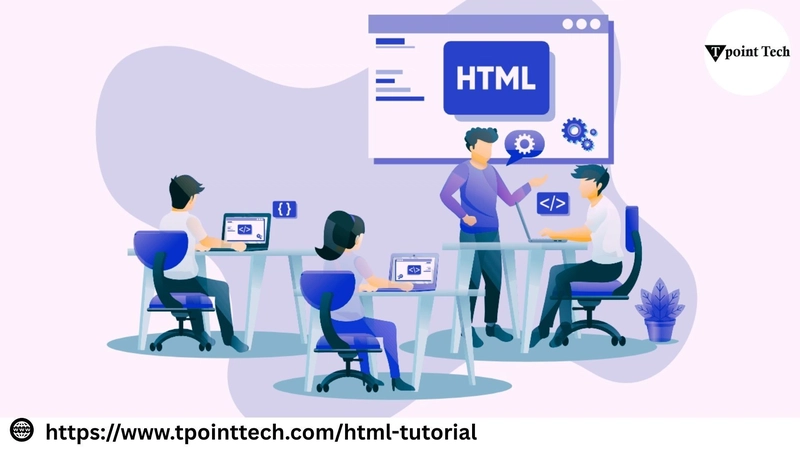
In today’s digital age, understanding how websites are built is a valuable skill. Whether you're looking to launch a career in tech, create your own blog, or simply understand how the internet works, learning HTML is the perfect starting point. This blog is a beginner-friendly guide designed to help you learn HTML for beginners step by step — without diving into complex coding or relying on other websites.
What Is HTML?
HTML stands for HyperText Markup Language. It's the standard language used to create and structure content on the web. Think of HTML as the skeleton of a webpage — it defines where text goes, where images appear, how links work, and much more. Without HTML, there would be no web pages as we know them.
Even though today’s websites often use more advanced tools and languages, HTML remains the foundation of everything on the internet. That’s why it’s essential to start here.
Why Should You Learn HTML?
If you're just getting started in web development or digital content creation, learning HTML is one of the best investments you can make. It helps you understand how websites function from the inside out. Even if you never plan to become a full-time developer, basic HTML knowledge allows you to make edits to websites, customize templates, and communicate effectively with technical teams.
The best way to learn HTML for beginners is to follow a gradual, hands-on approach that builds understanding step by step. You don’t need to memorize everything right away — instead, focus on grasping the core concepts and slowly adding to your knowledge.
Step 1: Understand the Structure of a Web Page
A web page is more than just text and pictures. It has a clear structure that tells a browser how to display the content. When you’re learning HTML, one of the first things to understand is how this structure is created.
Every HTML page starts with a basic layout. This layout includes elements such as a head, body, and title. Each part plays a specific role in organizing and displaying content.
Step 2: Learn About Elements and Tags
HTML uses tags to define parts of a webpage. Tags are words enclosed in angle brackets, like . These tags are used to wrap content and give it meaning. For example, there are tags for paragraphs, headings, images, links, and more.
To learn HTML for beginners, it’s helpful to become familiar with common tags. Think of these as building blocks. They can be combined in different ways to create all kinds of web pages — from simple text pages to more complex designs with images and links.
Step 3: Practice Organizing Content
One of the best ways to reinforce what you’re learning is by organizing your own content. Try outlining a pretend web page. What would the title be? What kind of headings and paragraphs would you include? Imagine placing an image or link. Even without writing code, just planning it mentally helps build your understanding.
This process helps you visualize how HTML works behind the scenes. The best way to learn HTML for beginners is to start thinking in terms of structure — where content should go and how it should be grouped.
Step 4: Explore Lists, Links, and Images
As you grow more comfortable, begin to explore how different types of content are added. Lists (like bullet points or numbered steps), links to other pages, and images are all common features of websites. They all have their own HTML tags, and understanding these will take your skills to the next level.
When you know how to add different kinds of content, you can create more engaging and dynamic web pages. Again, no need to memorize everything — focus on recognizing the purpose of each feature and when to use it.
Step 5: Develop a Mindset of Curiosity
Learning HTML is like learning any new language — it takes curiosity, patience, and practice. One of the most important things you can do as a beginner is ask questions. Why is a certain piece of content placed in a certain way? What happens if you change something?
Don’t be afraid to make mistakes. Each time you explore something new, you're adding another layer to your understanding. The best way to learn HTML for beginners is through small, consistent steps — not rushing or trying to master everything at once.
Final Thoughts
Starting your journey in web development can feel overwhelming at first, but HTML is a great place to begin. It’s simple, logical, and incredibly useful. By following these steps and taking time to understand the fundamentals, you’ll build a strong foundation for future learning.
Remember, the goal isn’t to learn everything in a day. Focus on building your knowledge gradually and reinforcing what you learn through practice. With patience and curiosity, you'll find that it's not only possible to learn HTML for beginners, but also enjoyable.
So, take your first step today. Start thinking like a web creator — and soon, you’ll be one.





































































































































































![[The AI Show Episode 145]: OpenAI Releases o3 and o4-mini, AI Is Causing “Quiet Layoffs,” Executive Order on Youth AI Education & GPT-4o’s Controversial Update](https://www.marketingaiinstitute.com/hubfs/ep%20145%20cover.png)











































































































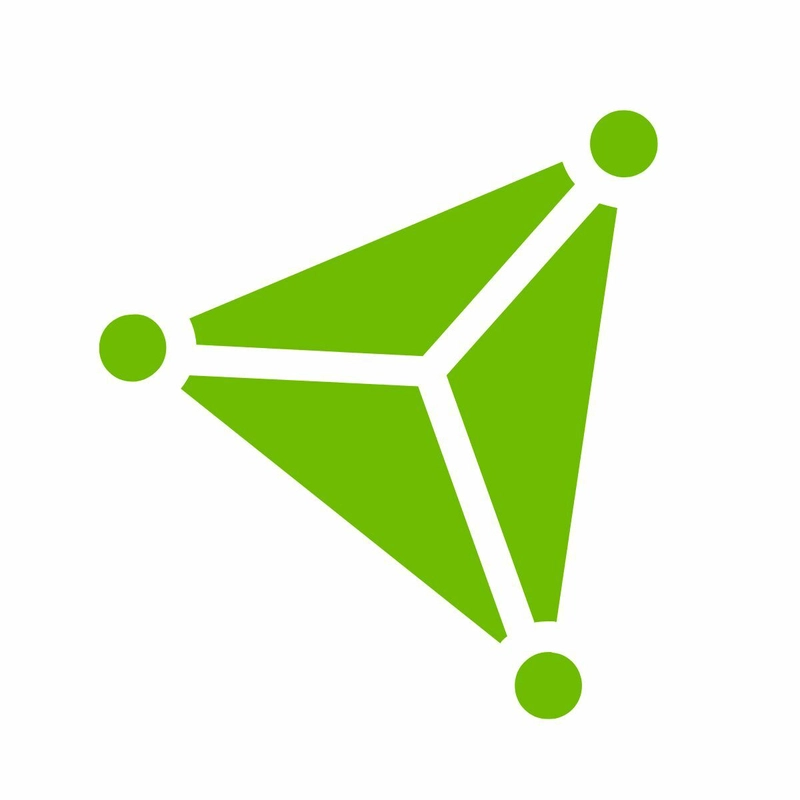
















![[DEALS] Microsoft 365: 1-Year Subscription (Family/Up to 6 Users) (23% off) & Other Deals Up To 98% Off – Offers End Soon!](https://www.javacodegeeks.com/wp-content/uploads/2012/12/jcg-logo.jpg)




![From Art School Drop-out to Microsoft Engineer with Shashi Lo [Podcast #170]](https://cdn.hashnode.com/res/hashnode/image/upload/v1746203291209/439bf16b-c820-4fe8-b69e-94d80533b2df.png?#)








































































































(1).jpg?#)

















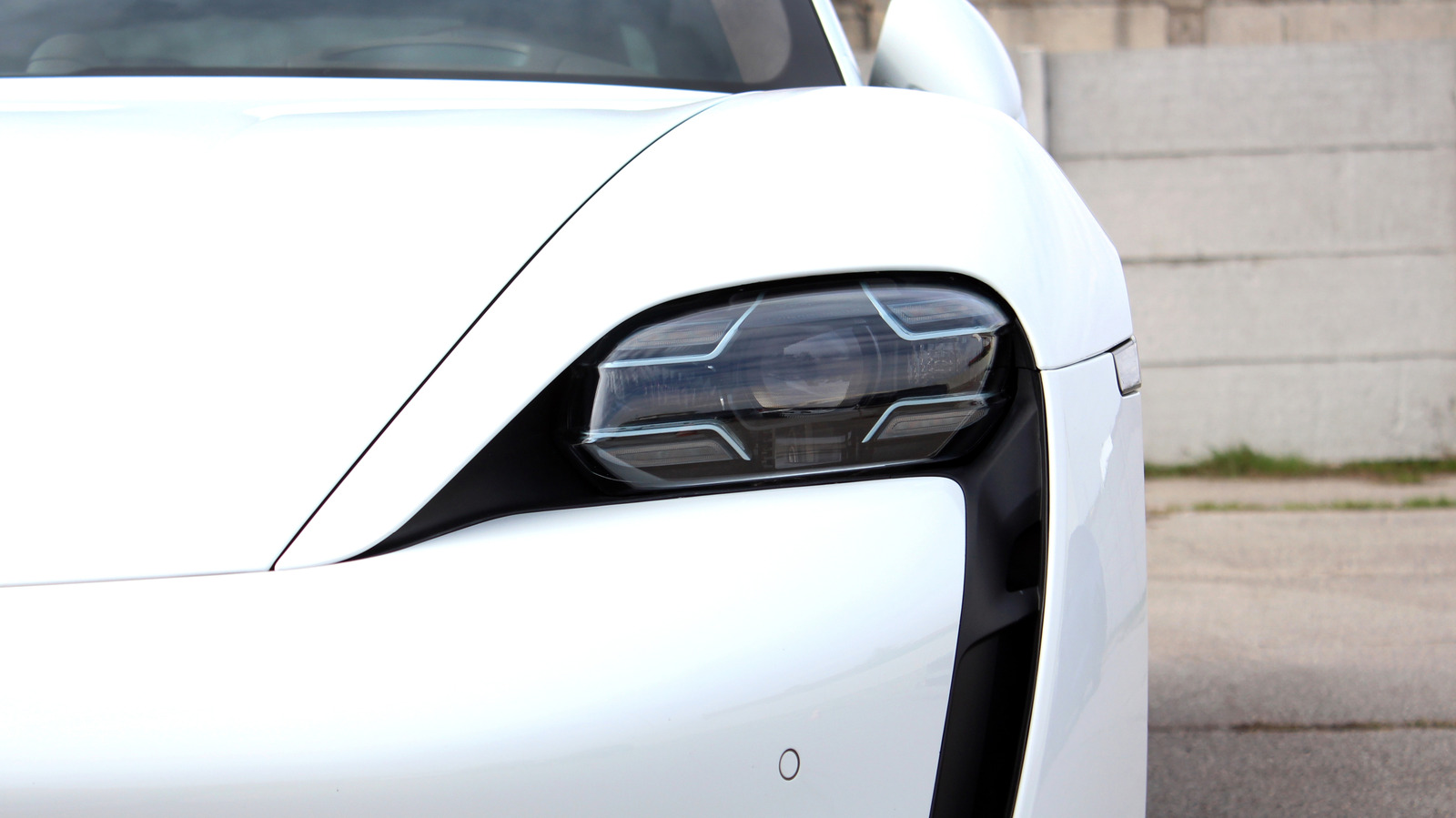
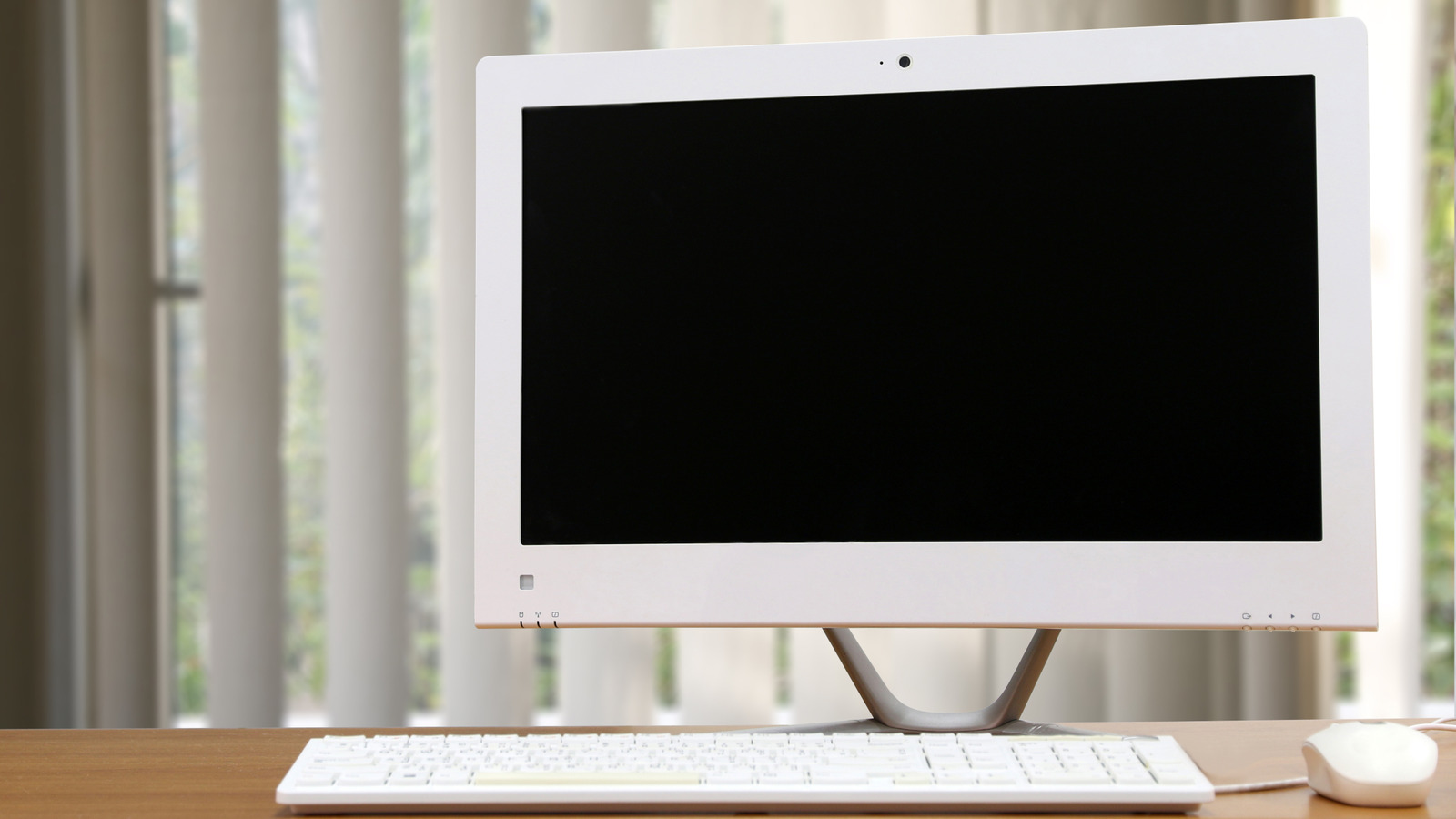











_Inge_Johnsson-Alamy.jpg?width=1280&auto=webp&quality=80&disable=upscale#)





























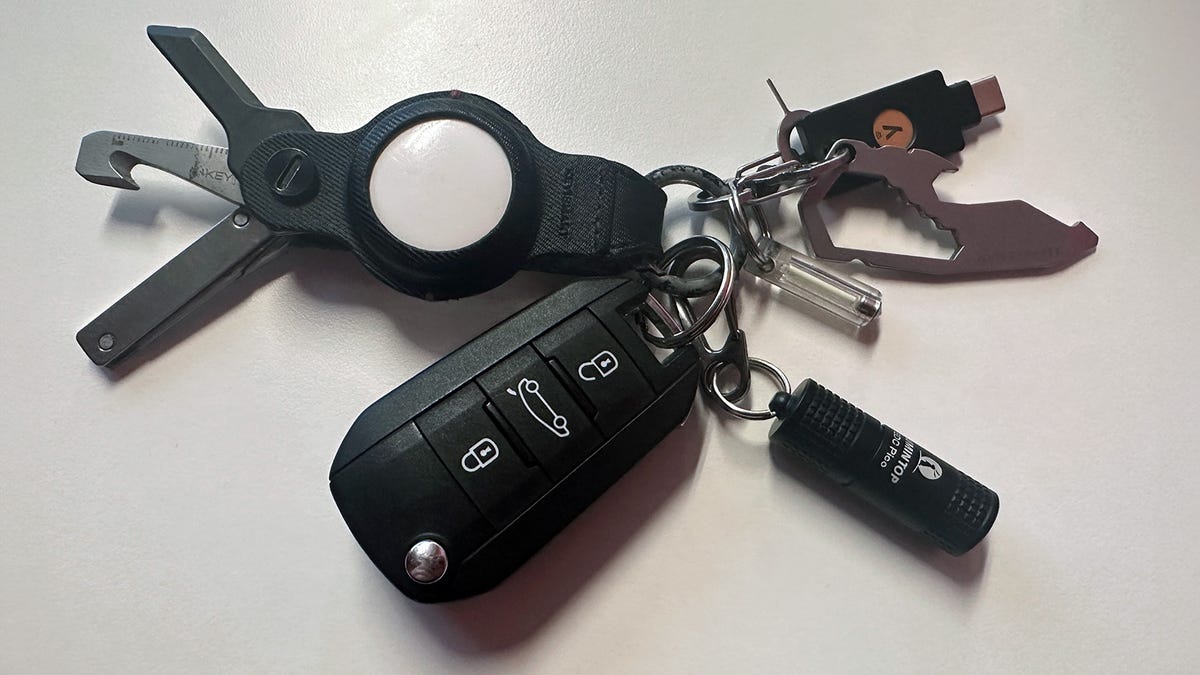















































































![Apple to Split iPhone Launches Across Fall and Spring in Major Shakeup [Report]](https://www.iclarified.com/images/news/97211/97211/97211-640.jpg)
![Apple to Move Camera to Top Left, Hide Face ID Under Display in iPhone 18 Pro Redesign [Report]](https://www.iclarified.com/images/news/97212/97212/97212-640.jpg)
![Apple Developing Battery Case for iPhone 17 Air Amid Battery Life Concerns [Report]](https://www.iclarified.com/images/news/97208/97208/97208-640.jpg)
![AirPods 4 On Sale for $99 [Lowest Price Ever]](https://www.iclarified.com/images/news/97206/97206/97206-640.jpg)

































![[Updated] Samsung’s 65-inch 4K Smart TV Just Crashed to $299 — That’s Cheaper Than an iPad](https://www.androidheadlines.com/wp-content/uploads/2025/05/samsung-du7200.jpg)































































![Rekindling lost AWS knowledge [AWS Cloud Practitioner Blog]](https://media2.dev.to/dynamic/image/width%3D1000,height%3D500,fit%3Dcover,gravity%3Dauto,format%3Dauto/https:%2F%2Fdev-to-uploads.s3.amazonaws.com%2Fuploads%2Farticles%2Fhspu4cq5q8eyth3rrdy1.png)
